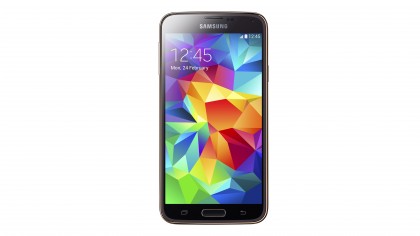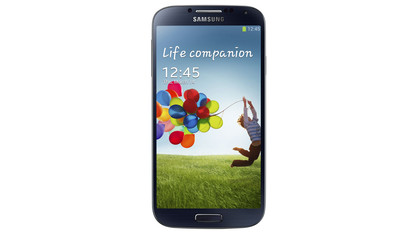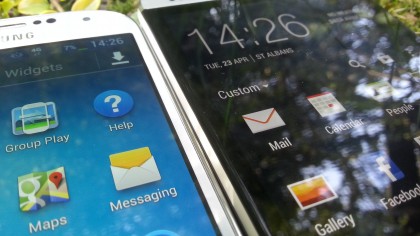Super AMOLED vs Super LCD: top smartphone screens compared
What's so super about them?
Super showdown
So those are the differences on paper, but you can't always equate that to real world performance. With that in mind we've put two of the best examples of each display type head to head to see which comes out on top. In the Super LCD corner we have the HTC One and in the Super AMOLED corner there's the Samsung Galaxy S4.

Why not the Samsung Galaxy S5? Simply because we haven't had enough time with it to properly compare it to the HTC One, though side by side with the Galaxy S4 it had superior colour reproduction, brightness and movies looked better on it.
The first thing to note is that while both screens are bright, the HTC One (and Super LCD screens in general) is much brighter than the Samsung Galaxy S4 with its Super AMOLED screen. In fact the HTC One can manage 500 nits of light output, while the Galaxy S4 can only manage around 300 nits.
The upshot of that is that the HTC One fares a little better outdoors and in bright environments, as the screen is clearer and colours are less distorted.

On the flip side though the Samsung Galaxy S4 has far better contrast as it can produce true blacks. It also has richer colours and the difference is particularly noticeable in dark environments.
To keep it simple you could say that the HTC One's screen tends to perform better than the Galaxy S4's when outdoors and the Samsung Galaxy S4's is better when indoors.
The Galaxy S4 also has wider viewing angles than the HTC One, though the HTC One has more natural colours than the Samsung Galaxy S4, which tends to over-saturate things a little.
Get daily insight, inspiration and deals in your inbox
Sign up for breaking news, reviews, opinion, top tech deals, and more.
The S4's display is also likely to consume less battery power, because it doesn't have a backlight, but OLEDs burn out over time so the HTC One is likely to have more legs before the screen starts to wear out.

To be clear though none of the differences are earth shattering. Other factors affect a phone's battery life and durability more than the display type.
The HTC One might not have as good viewing angles or contrast as the Samsung Galaxy S4 but it's still pretty good for both, while the fact that the Samsung Galaxy S4 is good at avoiding reflections means that it still fares pretty well outside despite not having as bright a screen.
Also colours are far more natural on the S4 than on some earlier Super AMOLED handsets, and they seem better still on the Galaxy S5.
Ultimately, the incredible contrast and rich colours of the Samsung Galaxy S4 seals the win for it, as the extra brightness of the HTC One isn't likely to be as useful as often.
While the HTC One's colours are more natural the difference is minor, especially as the Galaxy S4 has multiple colour profiles to choose from to alter the intensity of the colour saturation, while you're stuck with just the one on HTC's phone.
Does that mean that Super AMOLED is better than Super LCD? Not necessarily. On paper we'd argue that Super AMOLED is slightly superior but really it depends on your own preferences.
Do you favour brightness or contrast? Vivid colours or natural ones? And even then each handset will have its own display quirks or be calibrated differently, regardless of the technology used.
Phone screens are a minefield of different technologies with their own strengths and drawbacks, but at least now you'll be better equipped to navigate it.
- There's more to screens than AMOLED and LCD. Get up to scratch with our display tech explanations.
James is a freelance phones, tablets and wearables writer and sub-editor at TechRadar. He has a love for everything ‘smart’, from watches to lights, and can often be found arguing with AI assistants or drowning in the latest apps. James also contributes to 3G.co.uk, 4G.co.uk and 5G.co.uk and has written for T3, Digital Camera World, Clarity Media and others, with work on the web, in print and on TV.